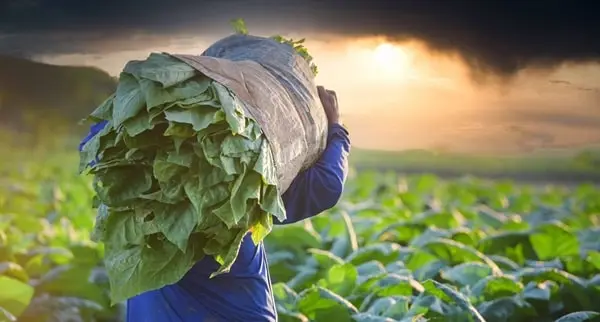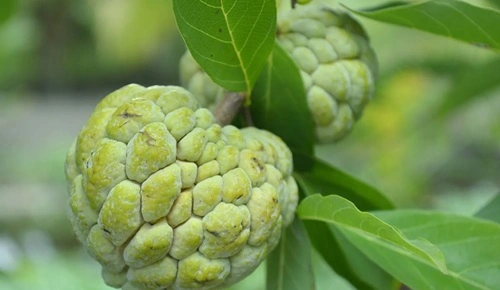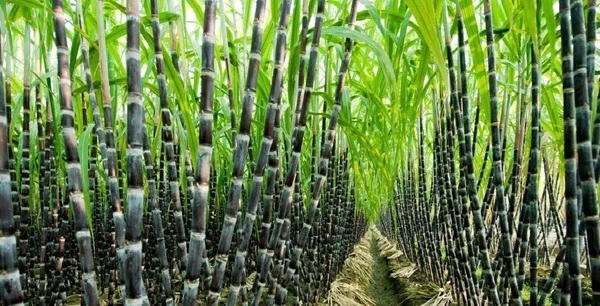India is the second-largest tobacco producer in the world, trailing only China. In the multiproduct India agri sphere, tobacco serves as a dominant part, both financially and culturally. The country produces approximately 800 million kilograms of tobacco annually, contributing about 9% to global production. Being at hazardous ends through the introduction of the bad impact of Tobacco production seems disappointing but farmers all over the country still rely on it as one of the major economic activities. Here, our emphasis will be on the leading five tobacco-producing states in India for the year 2024, since it facilitates an in-depth understanding of the importance of this industry to that locality.

1. Gujarat:
Sharing its name with India, Gujarat occupies the primary position as the state producing the most tobacco locally. The region comes out on top in terms of climatic conditions and fertile land, especially in the parts of Anand, Vadodara, and Surat, and retains its leadership position in tobacco cultivation. The state is a leader in agricultural development and it uses modern techniques in combination with a prolific method of growing; all these, have enhanced the state’s status in the tobacco industry.
2. Andhra Pradesh:
Andhra Pradesh is associated with a flourishing cultural heritage and agricultural variety, alongside which it presents another player of largest tobacco production in the region. The prosperous tribal lands of Guntur and Prakasam take a step forward with their high-quality tobacco plantations. Nations nonetheless come together for such regulations and public awareness campaigns to counter this development in tobacco farming that is fuelled by local consumption and export demand.
3. Karnataka:
Home to vast agricultural land, Karnataka stands proudly high positioning among the most tobacco states in our country. Provinces like Mysore, Hassan, and Belgaum are major producers of tobacco therefore they stand to benefit from the state’s irrigation infrastructure and longstanding agricultural expertise. Despite the difficulties that are endured by the state tobacco industry which includes market price fluctuations and regulatory constraints, the state still manages to be a key figure in the national tobacco production intake every year.
4. Telangana:
April 2014 is the day when the different state of Telangana was born. This brings into the picture once more farmers of Telangana state. The government’s influence shines in this town specifically during the tobacco season. These are the three regions of Nalgonda, Khammam, and Warangal which are embarked to do with agriculture. Here the state government is uttering efforts to modernize agriculture and to develop the infrastructure with special care taken. As a consequence, the geography of the state becomes conducive to any of the best-suited agro-climate tobacco plantation portfolios another factor for this state’s success in tobacco plantation.
5. Uttar Pradesh:
While running on their toes with their wheat, sugarcane, and rice crops, the growers in Uttar Pradesh continue to be among the significant suppliers of tobacco. Regions like Gorakhpur, Meerut, and Allahabad presumably account for some of the very tobacco yields in the State of Uttar Pradesh. Uttar Pradesh is known for its different agricultural methods all across India as it has a vast farming community that provides both domestic and foreign markets with up to 80% of their required tobacco.
Conclusion:
The five first states with the most tobacco production for 2024, Gujarat, Andhra Pradesh, Karnataka, Telangana, and Uttar Pradesh, have highlighted the continued relevance of tobacco growing in the country’s agricultural framework. Despite the increasing popularity of the healthy nature of the tobacco element, the commodity demand has proved to be an everlasting need of these economies to support production and even inform expansion activities. India’s leadership and agricultural livelihoods are dogged by the conflict between public health and the tobacco industry even as policymakers, researchers, and the public continue to look for alternatives and possible solutions.
FAQs
1: What are the primary difficulties these farmers Tobacco growers in India face?
Ans: Indian farmers who cultivate tobacco may be facing different kinds of troubles that come in the situation of market price fluctuations, regulations in the sector, shortage of labor, and climate-related disadvantages. Besides, the ever-increasing awareness level of a risk factor for health has made tobacco consumption a tougher issue in the industry as well.
2. What is the influence of the production of tobacco on the environment?
Ans: Crop production of tobacco many times inculcates the extensive utilization of pesticides and fertilizers is a leading cause both of soil impairment and water pollution. Such exploitation affects biodiversity as well. Furthermore, logging activity that comes with this tobacco farming amplifies environmental degradation and is another factor that causes global warming.
3. What measures are being taken to allow tobacco farmers access to other diverse career paths?
Ans: Various government and non-governmental institutions are already participating in programs meant to enhance other forms of farming as a livelihood with tobacco farmers. One of our main initiatives is off-season alternatives, that involve the expansion of other crops, introduction of new skills to farmers, and encouraging inclination towards environment-friendly agroforestry practices.

